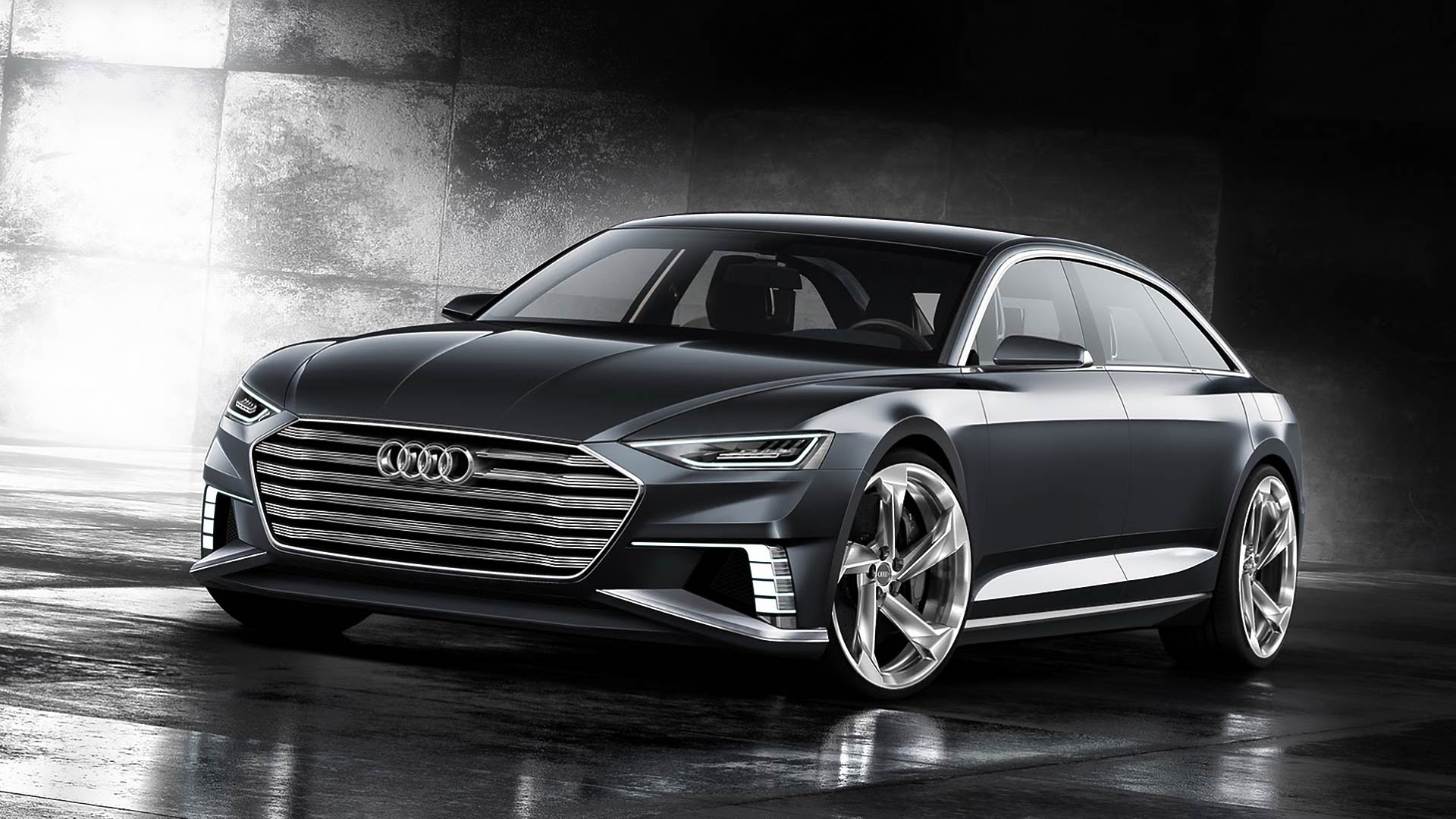

The 2017 Audi A8 is slated to debut later this year, and the Ingolstadt brand is pouring its entire technological horn-of-plenty on the new four-door. In 22 years of existence, however, Audi’s flagship sedan has made little progress in posing a challenge to competitors. In the U.S., the A8 does about one-third the volume of BMW’s 7-Series, and about one-fifth that of the Mercedes-Benz S-Class. The global disparity is narrower, but nothing that disturbs its German rivals.
Which begs two questions: What does the A8 need to do to make a larger mark, and can the 2017 model deliver. But, according to Roger Lanctot, an Associate Director at Strategy Analytics, those are misleading places to start.
“Audi’s overall sales success in the U.S. has failed to rub off on the A8,” he concedes, but adds that, “the A8 has been and continues to be a platform for the integration and introduction of new technologies.”
George Achorn, co-founder of Audi enthusiast site Fourtitude, echoes that sentiment.
“When Audi has launched A8 models in the past, they’ve expressly stated that though the A8 may not be a volume leader, it sets the image for the rest of the brand as far as luxury and technology. Even if it remains a fraction of S-class numbers, it is still critically important to the brand simply as a measuring stick for design, technology and hardware.”
Sam Fiorani, Vice President of Global Vehicle Forecasting AutoForecast Solutions, also concurs: “Audi cannot make any change radical enough to bounce the A8 into to 7-Series or S-Class volume realm, the necessary change for Audi is in incremental movements for the brand as a whole… The A8 is Audi’s canvas for much of its most forward-thinking technology.”

That jibes with recent reports, which indicate that the new fourth-gen A8 will drive autonomously up to 40 mph, use electromechanical turbochargers, and co-opt the 48-volt electrical system from the Bentley Bentayga. There will be new engines and a plug-in hybrid, too, along with OLED lighting, gesture control operations, and a ring of sensors for 360-degree coverage, including long-range radar, laser scanners, and ultrasonic sensors. A story last year suggested the next A8 will communicate with a mainframe computer somewhere, uploading data about current road conditions and downloading information relayed by previous travelers.
But, even if the 2017 A8 does continue to move in smaller numbers, Fiorani doesn’t think that’s necessarily a negative.
“The relative rarity of an Audi A8 enhances the luxury image of the car. Every bit as good as its competition, [the] Audi doesn’t carry the $15k to $20k premium just for a Tri-Star or a Roundel.”
And that, according George Achorn, is about the context of where the A8 stands in the larger Volkswagen Group portfolio. Life among seven other passenger car brands—a situation not shared at Mercedes or BMW—also leads to a much wider perspective on how to make the most of one product. Says Achorn: “Volkswagen can write off some development cost and many component costs as it moves metal in these segments across its various brands. In the end, it’s not just about Audi growing its own profitability by growing within the segment, but also putting other cars on these C & D sized versions of the MLB architecture.”

That last bit refers to vehicles like the Audi Q7, Bentley Bentagya, and Porsche Macan, and the Chinese-market Volkswagen Phideon sedan, which all ride on the same MLB platform as the A8. It’s also the most telling part of all. Basically, the sheer size of Volkswagen Group protects the A8, much in the same way it protected the Bugatti Veyron, on which VW lost $6.24 million per car. A halo hypercar is one thing, but a halo luxury sedan? The A8 proves that, with a large enough brand, anything is possible.